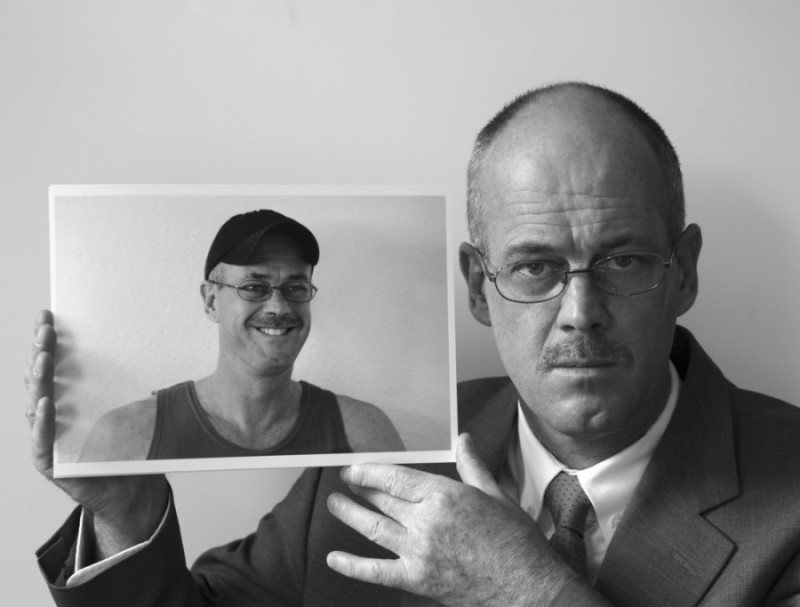
Creating safe spaces for sign language interpreters can satisfy a need for community, connection and cohesion. Jean Miller provides simple steps for creating a safe space in your community.
Throughout my career as a sign language interpreter, I have been fortunate to have the most generous and giving mentors imaginable. I have always had a safe place to land when I needed support or professional advice and have always been given room to grow as a practitioner and professional. While I didn’t set out to create a “pay it forward” opportunity, I realize that was exactly what this adventure had become.
A Deeper Connection
After working as an interpreter service manager for nearly a decade, I missed a deeper connection to interpreting and decided to find ways to reintegrate that part of my work life. Engaging practicing sign language interpreters and student interpreters in conversation, I found that there was a similar need to connect with other interpreters but very few ideas about how to create those opportunities.
At the same time, I noticed novice and student interpreters were finding it difficult to network with experienced interpreters which was leading to limited observation and mentoring opportunities (both formal and informal) and some disenchantment with what was seen as a lack of welcome for them in the field. This is a huge concern. In Brian Morrison’s article, It Takes a Village to Raise a Sign Language Interpreter, he discusses the need for all of us to participate in the raising of future sign language interpreters. Finding ways to bridge the gap between the students and the professional interpreters in meaningful and non-threatening ways is daunting, but not impossible. Careful thought and good intentions can take you farther than you know.
In November 2012, after the death of good friend and colleague, Amy Fehrenbacher McFarland, I knew it was time to act. Amy was a warm and welcoming interpreter, mentor and friend. She believed in reciprocity and mentoring and made student and novice sign language interpreters feel welcome in our profession and community. In some small way, I thought that I could find a way to honor her commitment to creating safe spaces for interpreters. After gathering feedback from friends in the community, I developed a plan and set about implementing it.
The Birth of TerpTalk
WestSide TerpTalk was created in February 2013. It is a three-hour interpreter gathering on the first Saturday morning of the month in our local area. The gathering is “drop in” style and folks can stay as long or as little as they would like. General topics are related to sign language interpreting and the lives of interpreters but anything is fair game. While we don’t have a theme, I try to come prepared to open the conversation if needed. It hasn’t been necessary up to this point. Some months, the ITP students may come with homework or burning questions from their studies, but more often than not, the conversations are lively and free-flowing.
On March 1, 2014, WestSide TerpTalk celebrated a milestone – thirteen months and counting! We have had up to 18 participants with a lovely mix of seasoned sign language interpreters, newer interpreters and students. Interpreters have driven from across the state to attend our little group. Conversations have included interpreting Shakespeare, the recent Wall Street Journal article and response about sign language interpreters, the new NIC news from RID, the FCC summary from Shane Feldman at RID, local business practices and many other topics. Driving away from the event this past Saturday, I realized that my selfish plan to reconnect with my interpreter identity had become something completely different. In my tiny corner of the world, I have been able to put my hand out to help create a safe space for interpreters.
#Doable Action: Creating a Safe Space for Interpreters
If you are looking for opportunities to create safe spaces for interpreters and interpreting students, if you are looking to join the village in raising our future sign language interpreters or if you just want to reconnect with your sign language interpreter self, I hope you will consider creating a discussion group of some kind in your community.
What follows are suggestions for creating a discussion group in your area,
-
Study the current needs in your community.
There may be other opportunities, but is there a gap? Consider days of the week, time of day, venues, static versus dynamic locations, etc.
WestSide TerpTalk is the opposite of our local IPAHH (Interpreter Professionals at Happy Hour). I didn’t want to take anything away from IPAHH, but there was still a need. For WestSide TerpTalk, we have a static location every time, set in the morning in a non-alcoholic environment. The goal is professional conversation so if a significant other or child is present, they should be prepared to endure shop talk. All are welcome – students, novice interpreters, seasoned interpreters, CDIs, as well as Deaf and Hard of Hearing community members.
-
Consider venue carefully.
Do they have a minimum per person spending requirement? Do they allow “loitering”? What times of day would be most accommodating for the needs of your group? What is the parking situation? Will it fit the budget of students to well-established interpreters? Is the venue lighted well? Is there loud or live music? Knowing the reasons people aren’t attending other social opportunities helps inform you when creating a new one. Is there an area of town where sign language interpreters live but few events take place?
-
Consider continuity.
The idea of going to a new place every month is appealing to some people, but for some, consistency is the key. In our busy lives, one less thing to look up or look for can be the determining factor in someone attending. For me, the ever-changing location of IPAHH is a deterrent, even though I acknowledge my desire for social connection with interpreters.
-
Social Media is your friend.
Getting the word out on Facebook, Twitter or any other popular social media outlet will help increase your success rate. Set a date for the first event and start getting the word out well ahead of time. Include the location’s address every time.
-
Enlist the local ITP for help.
Find out what their needs are and try to figure out if you can meet some of them. Ask them to post announcements on their events board – students are great at getting the word out about something that will benefit them in their studies and future careers.
-
Patience is a virtue.
I was fully committed to showing up for WestSide TerpTalk for four months with book/journal/magazine in hand, just in case no one showed up. If, after four months of trying, no one ever showed up, I would know that this wasn’t what our community was looking for. Fortunately, that didn’t happen. Thirteen months and going strong!
7. Choose a memorable name.
I don’t love the term “terp” as a general rule, but it came in handy when I was trying to come up with a name for the gathering. I picked WestSide because we meet on the West side of Portland, Oregon. TerpTalk was my other selection because I wanted the name to indicate that we were interpreters and we were probably going to talk shop. Pick a name that suits your community, but make it memorable. I am finding now, that many folks just call our gathering “TerpTalk”. I’m good with that.
8. Have Fun!
WestSide TerpTalk has allowed me to connect with interpreters I’ve known for a long time but don’t see often, with interpreters new to the area, student interpreters and interpreters I have known by name but had never met until they attended. It’s lively and fun and I find that I always leave with a huge smile on my face.
Final Thoughts
We each have the opportunity to create safe spaces, large and small, in the sign language interpreting community and everywhere. It doesn’t have to be complicated or grandiose. I’m very grateful to be able to have embarked on this journey. In keeping with Brandon Arthur’s article, Sign Language Interpreters and the Karma of Gratitude, I’d like to take a moment to thank the people who have made WestSide TerpTalk such a success – Lydia Dewey Pickard and Erin Trine for making me think this crazy idea just might work, Portland Community College’s Sign Language Interpreter Program and the students who have faithfully attended since the beginning, and all the professional interpreters who have given their time and energy to supporting this endeavor and the intention behind it.







